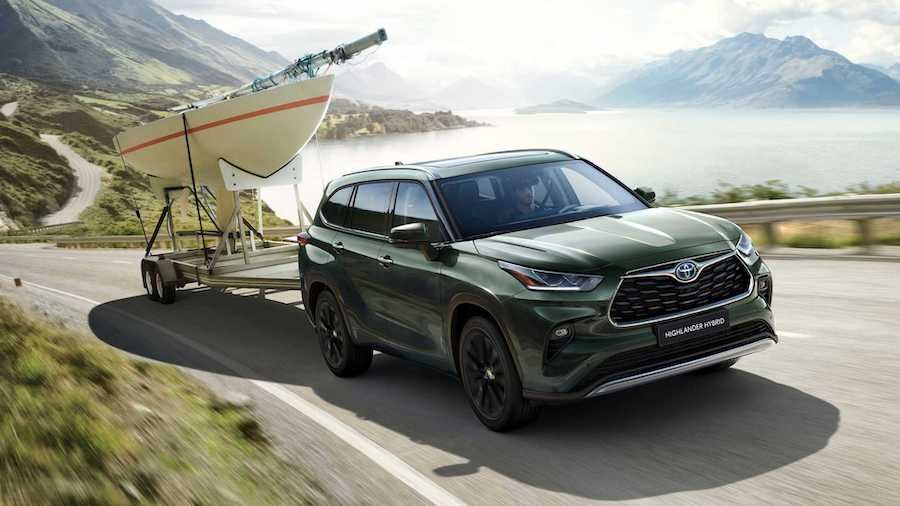2023 Toyota Highlander Debuts In Europe With New Engine Replacing 3.5 V6

In May 2020, Toyota unveiled the Highlander for the European market where it is currently the brand’s largest SUV model. It now enters the 2023 model year on the Old continent, which brings a new engine for certain markets, new tech, and new customization options. The 2023 Highlander is now available for orders in the region with first deliveries expected to commence in the fourth quarter of the year.
Just like the US-spec 2023 Highlander, the model for Europe gets a new 2.4-liter turbocharged four-cylinder engine replacing the outdated naturally-aspirated 3.5-liter V6. Toyota says the new mill delivers 269 horsepower (198 kilowatts), 4 hp (3 kW) more than the US model, and we suppose the peak torque should be around 309 pound-feet (419 Newton-meters). While these numbers are slightly down compared to the outgoing 3.5 V6, the automaker promises “high acceleration response and torque delivery.”
European buyers probably won’t be happy to hear the new 2.4-liter powertrain is available only in Eastern Europe. In the Western part of the continent, the 2023 Highlander is sold with a hybrid system using a 2.5-liter Atkinson-cycle gasoline engine, supported by front and rear electric motors. The system’s output is rated at 248 hp (182 kW) with corresponding CO2 emissions of 146 grams per kilometer. Toyota says these numbers represent the best power-to-CO2 balance in the segment.
Another important update for the 2023 Highlander in Europe is the introduction of a large 12.3-inch screen for the infotainment system. The tech now comes with added functionality such as cloud-based navigation with real-time traffic data, over-the-air software updates, 3D city mapping, fixed speed camera location information, and others. Also new for the 2023 model year is the digital instrument cluster, which now comes with a new design. The new look creates a three-dimensional effect and is customizable to four different design themes.
All 2023 Highlander models in Europe come as standard with a wireless charging pad. Apple CarPlay is wireless, while Android Auto connectivity is possible via a cable. You can also lock and unlock the cars and activate the hazard lights remotely.
